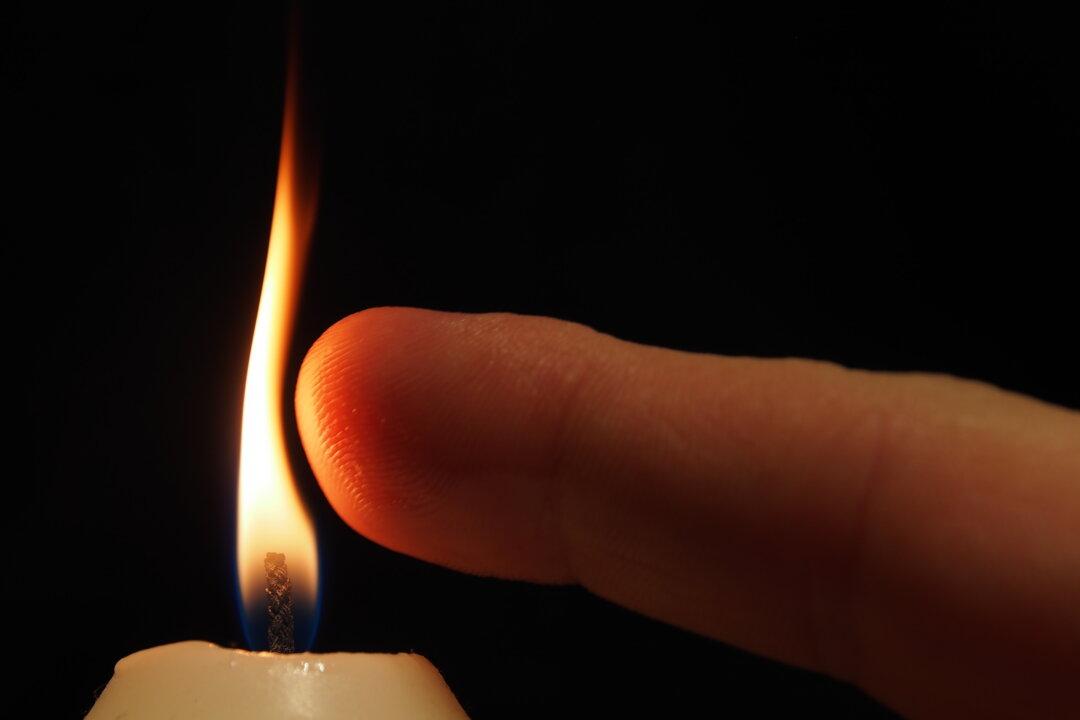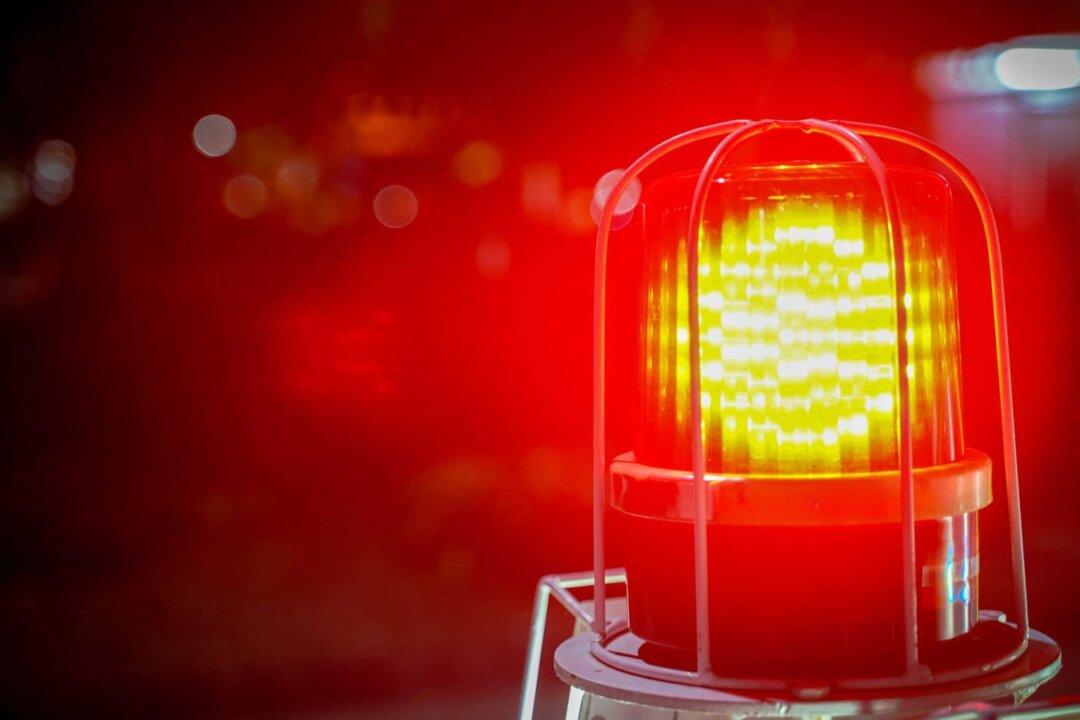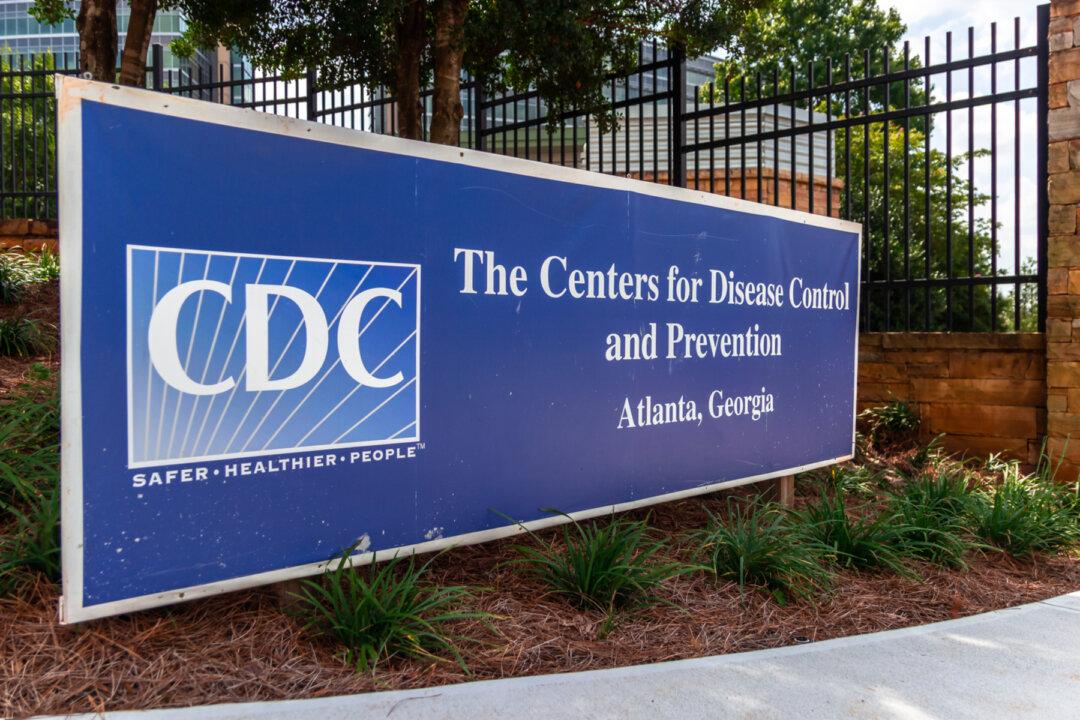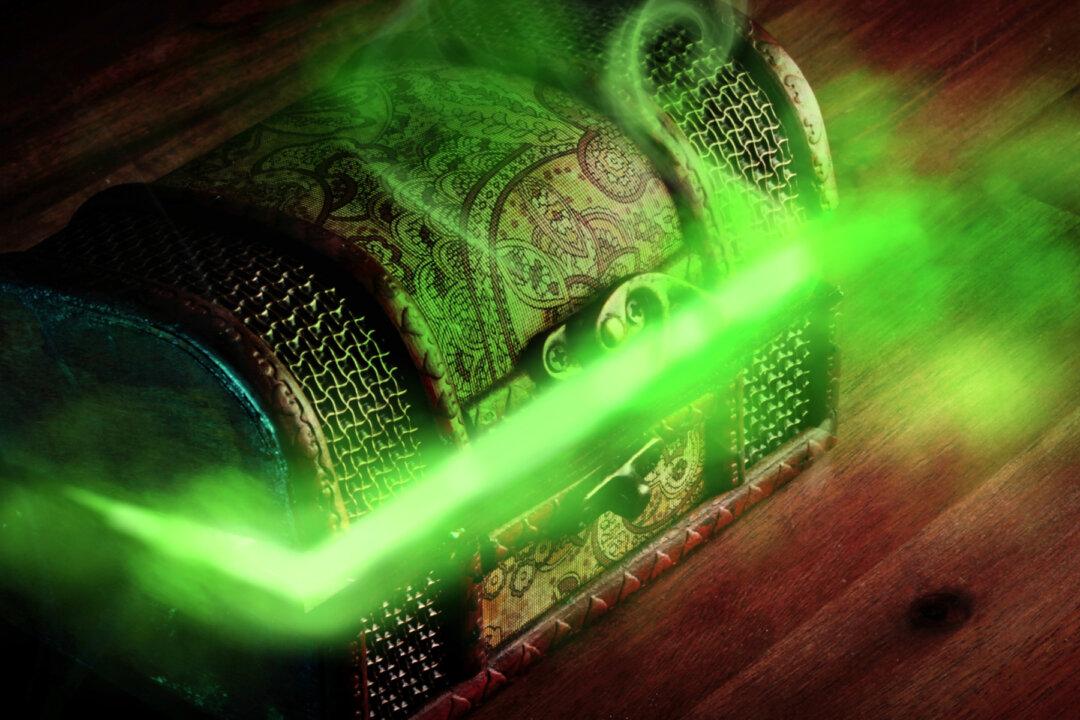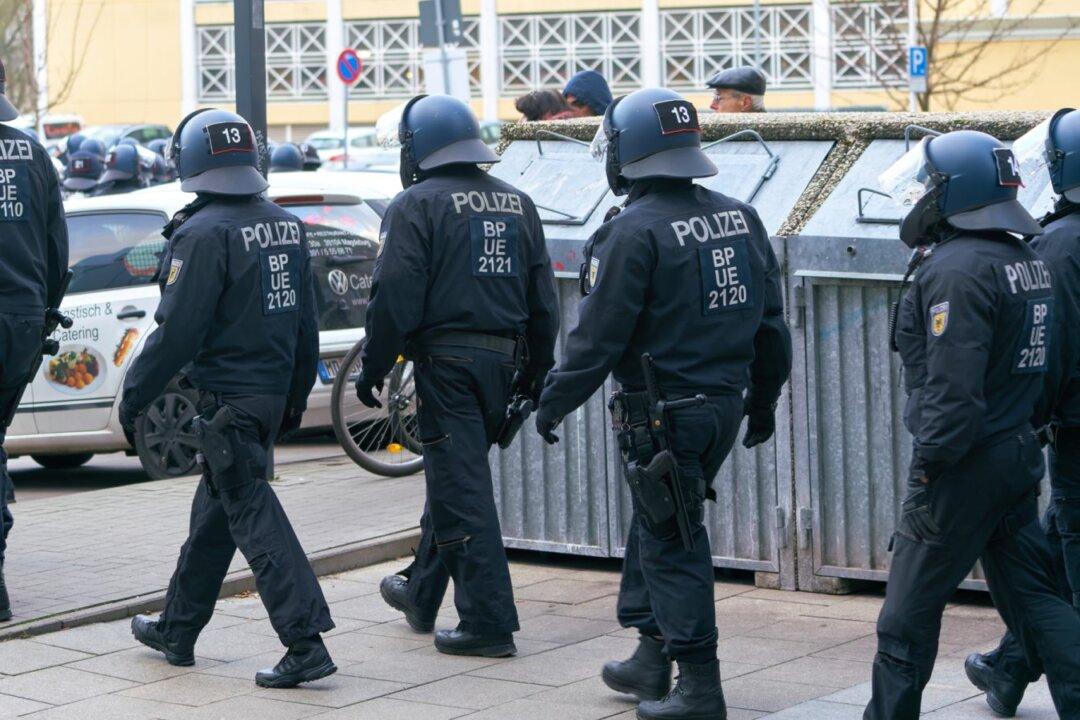Public-health messaging from the beginning of this pandemic has had very little to say about immunity acquired following infection. But for most people, it is a real and pressing concern, and not only because of the vaccine mandates that have little or no regard for it. People want to know whether once recovered they can be confident of not getting it again.
Must everyone live in fear forever or is there a basis for the recovered to live with confidence?We have looked at the published evidence and can conclude based on the existing body of evidence, that reinfections are very rare, if at all and based on typically a few instances with questionable confirmation of an actual case of re-infection (references 1, 2, 3, 4, 5, 6, 7, 8, 9, 10, 11, 12, 13, 14, 15, 16, 17, 18, 19, 20, 21, 22, 23, 24, 25).
